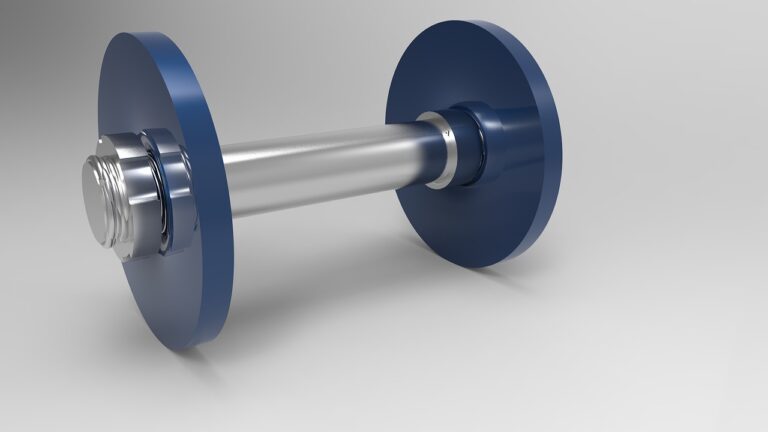Home Health Care for Health Information Technology (HIT) Implementation and Adoption: Play exchange 99, Lotus365 login, Playxchange
play exchange 99, lotus365 login, playxchange: Health information technology (HIT) has revolutionized the way healthcare is delivered and managed. With the implementation and adoption of HIT in home health care settings, patients can receive more personalized and efficient care from the comfort of their own homes. This article will explore the benefits of HIT in home health care and provide insights on how to successfully implement and adopt HIT in this setting.
Improving Patient Care
One of the primary benefits of HIT in home health care is the improvement in patient care. Electronic health records (EHRs) allow healthcare providers to access patient information quickly and easily, leading to more informed decision-making. This can result in better coordination of care, reduced errors, and improved patient outcomes.
Enhancing Communication
HIT also improves communication between healthcare providers, patients, and caregivers. Telehealth and remote monitoring technologies enable real-time communication and monitoring of patients’ health status, allowing for timely interventions and support. This can lead to better adherence to treatment plans and a higher quality of care overall.
Increasing Efficiency
By streamlining administrative tasks and automating processes, HIT can increase the efficiency of home health care agencies. From scheduling appointments to billing and claims processing, HIT tools can help reduce paperwork and manual tasks, freeing up time for healthcare providers to focus on patient care.
Ensuring Data Security
Data security and privacy are critical considerations when implementing HIT in home health care. It is essential to use secure systems and protocols to protect patients’ sensitive information. Training staff on data security best practices and compliance with regulations such as HIPAA is essential to safeguard patient data.
Training and Support
Training and support are key components of successful HIT implementation and adoption in home health care. Providing comprehensive training to staff on how to use HIT tools effectively and efficiently is essential. Ongoing support and troubleshooting assistance are also crucial to ensure a smooth transition to new technologies.
Engaging Patients and Caregivers
Engaging patients and caregivers in the HIT implementation process is essential for its success. Educating patients and caregivers on how to use HIT tools, such as patient portals and telehealth platforms, can empower them to take an active role in their care. This can lead to improved health outcomes and satisfaction with the care received.
FAQs
Q: How can HIT improve patient outcomes in home health care?
A: HIT can improve patient outcomes by enabling better coordination of care, enhancing communication between providers, patients, and caregivers, and increasing the efficiency of healthcare delivery.
Q: What are some key considerations for ensuring data security in HIT implementation?
A: Key considerations for ensuring data security in HIT implementation include using secure systems and protocols, training staff on data security best practices, and complying with regulations such as HIPAA.
Q: How can healthcare providers engage patients and caregivers in the HIT implementation process?
A: Healthcare providers can engage patients and caregivers in the HIT implementation process by educating them on how to use HIT tools effectively, empowering them to take an active role in their care, and providing ongoing support and assistance.
In conclusion, HIT has the potential to transform home health care delivery by improving patient care, enhancing communication, increasing efficiency, and ensuring data security. By focusing on training, support, and patient engagement, home health care agencies can successfully implement and adopt HIT to provide high-quality care to their patients.







